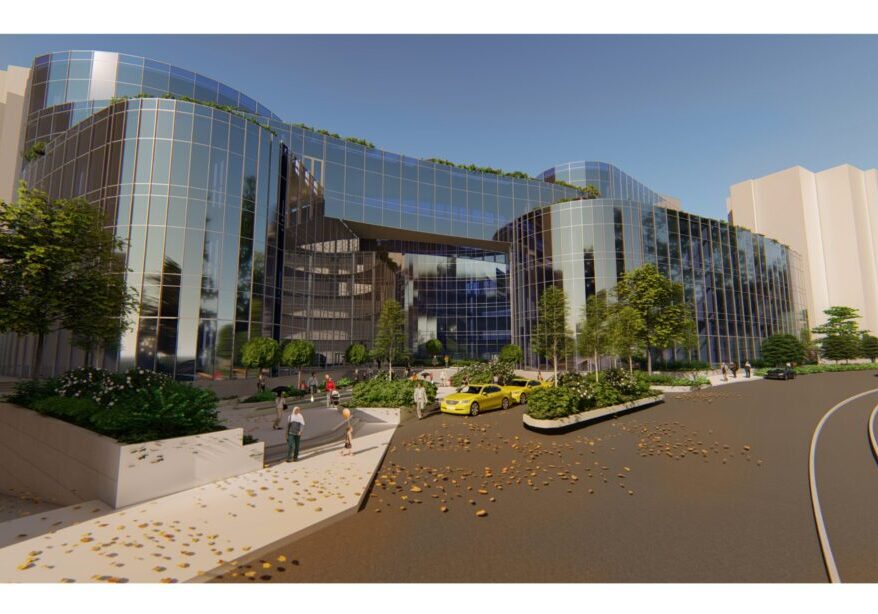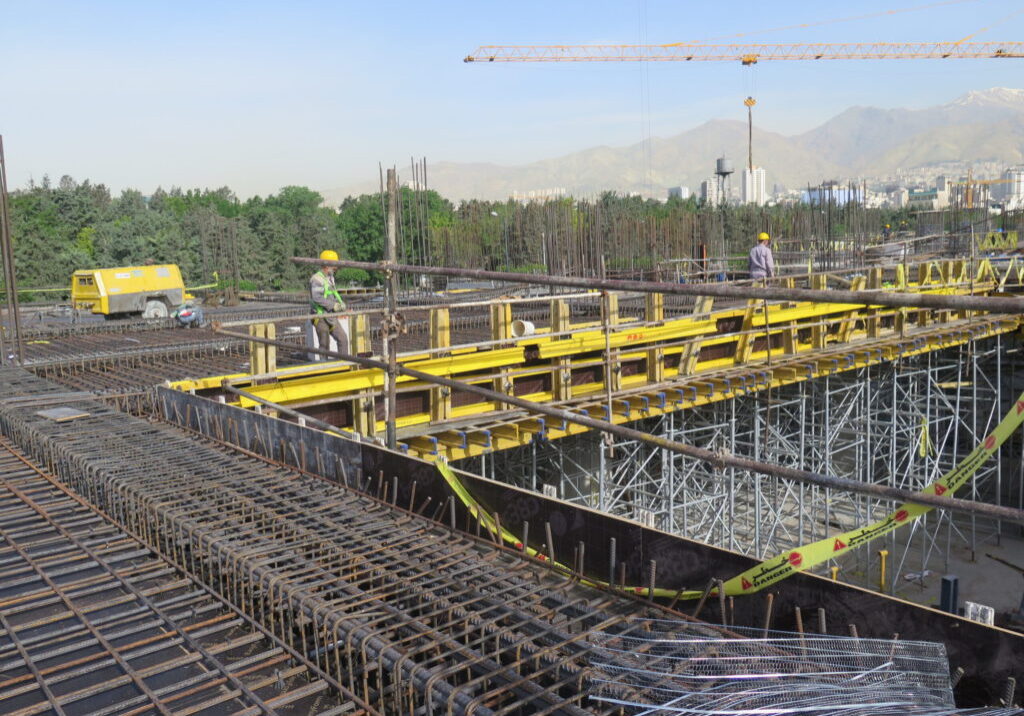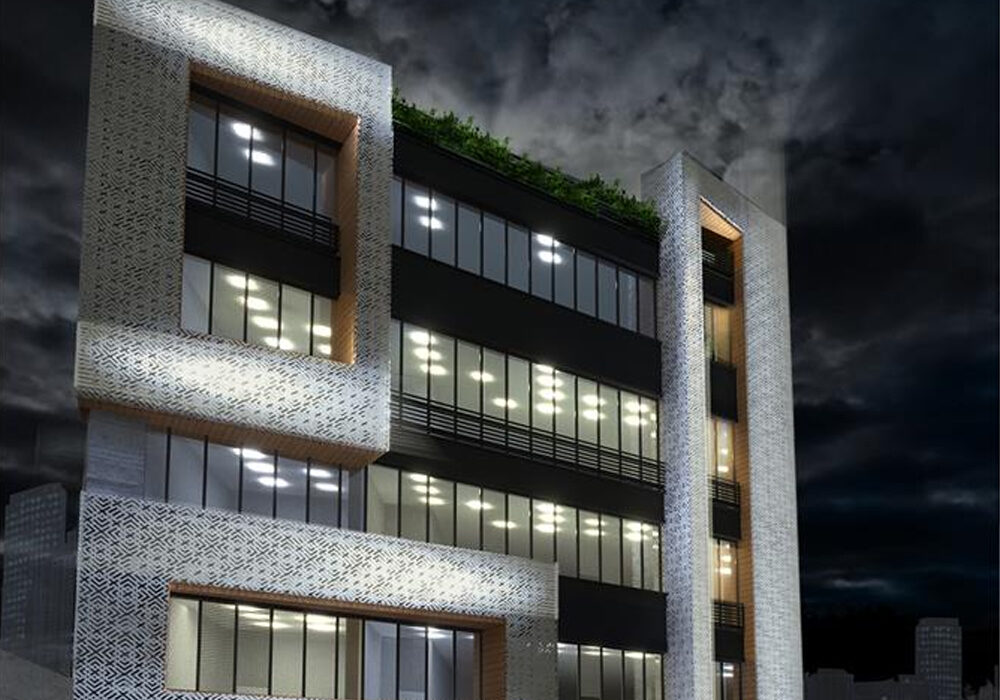Hydrology & Hydraulics
One of the most crucial issues affecting road performance and traffic safety is protecting them against natural disasters such as floods and controlling or reducing flood damage. The requirements of the study and design phase of the road construction are to make the necessary arrangements such as a waterfall, culvert or bridge to cross the runoff and surface currents at the same time as designing the route.
The first and most basic step in hydrological studies is to determine the catchments of the waterways leading to the route. The correct diagnosis of catchments is very important and decisive in estimating floods, so determining the boundaries of catchments requires high accuracy. For this purpose, topographic maps with a scale of 50,000 or 25,000 should be applied as much as possible. Finally, the physiographic characteristics of the basins, including area, environment, average and limit values of height, length of the main canal, slope of the basin, slope of the main canal and concentration time should be examined. Evaluate the flood potential of the basins. Simultaneously, it is necessary to have rainfall or flood data of meteorological and hydrometric stations in the project area from the Ministry of Energy or Meteorological Organization, to analyze and estimate floods with diverse return periods, and finally floods with appropriate return period at the bridge or reputation.
It is essential to design the slopes and bridges in full coordination with the hydrological and hydraulic surveys of rivers or streams at the intersection with the route to be considered the most appropriate dimensions of the water crossing structure at the intersection based on the volume of flood design (with appropriate return period). In the matter of brigade reputations, based on the estimated flood, the reputation dimensions will be followed according to publication 1- 292. If for designing special bridges, building studies are presented separately in the form of hydrological and hydraulic studies. Two-dimensional models of rivers and streams are made based on topographic maps taken upstream and downstream of the bridge site, and using the values of river floods and streams, their two-dimensional hydraulic model with different return periods is implemented. The optimal water passage is determined according to the results of hydraulic modeling of rivers or streams (such as water passage depth, water velocity and scour values of bridge piers and backpacks). In choosing the optimal bridge spans along with hydraulic studies, structural studies, geology and geotechnics of the bridges will also play a decisive role.
In some road construction and railway studies, surface water collection and conduction studies are also relevant and it is necessary to take measures to direct and discharge surface runoff from areas such as underpasses, level and non-level intersections and railway stations. For the mentioned studies, first the flood area of the project is estimated with different return periods and then by considering the return period of the design, the dimensions and details of canals, pipes or absorption wells for collecting surface runoff are investigated and presented.






